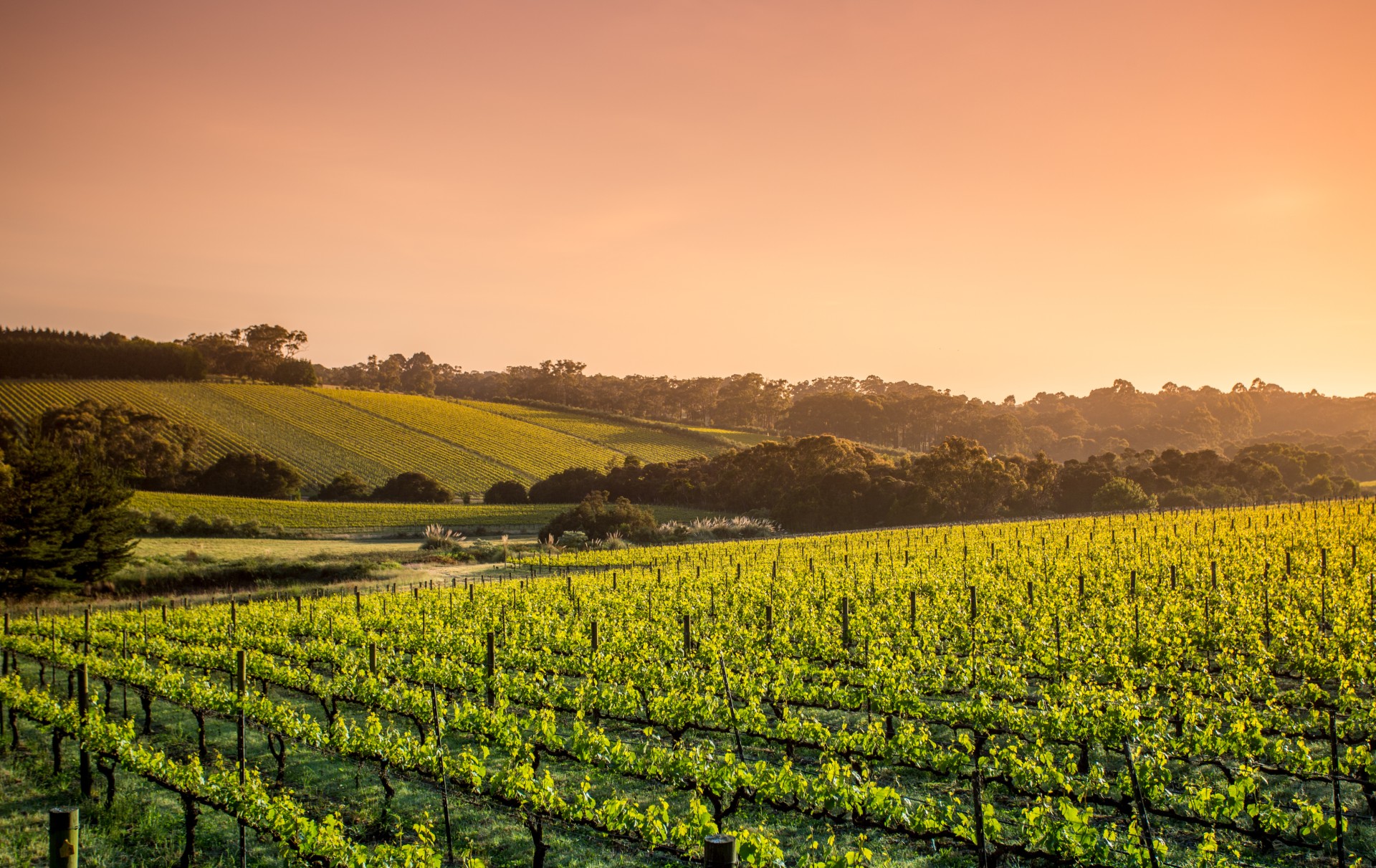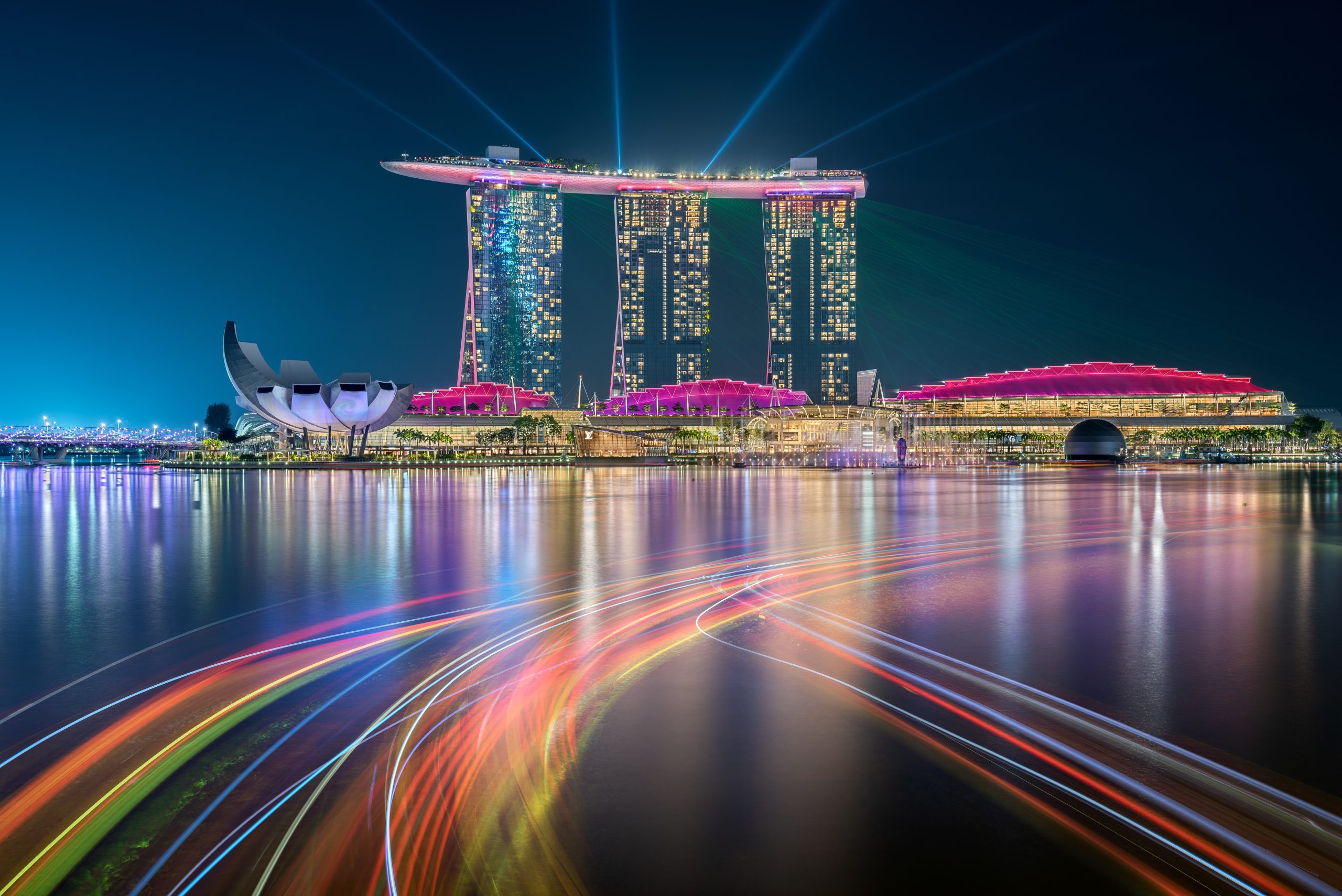Trade talk: Views on Asia’s wine trade
Several of the HKIWSC judges from various countries across Asia spoke to db HK about the current state of the wine industry at yesterday’s Yesterday’s SPIT Conference hosted by Meiburg Wine Media. China was omitted due to MWM’s upcoming “Wine in China” conference next month.
Subhash Arora – India
A prominent wine writer, journalist and author, Arora is the editor of India’s first wine newsletter, delWine and founded the Delhi Wine Club in 2002 where he guides guests through wine and food pairings.
He said: “Heavy taxes govern India’s market – up to 200-300%. We are new to the wine game but we have a strong history of importing whisky and vodka. When we first started with wine, we only imported 2.8m cases. I do believe India will be a big producer in years to come and will continue to export to the UK and France as our quality goes up. 15 years ago, only 15,000 people drank wine and now 1.2m do. Society is changing; a younger audience of 25 to 35 year olds and women are breaking out of the mould and enjoying wine when previously, they weren’t allowed to do so.”
Timothy Goh – Singapore
Timothy Goh is the director of wines at Les Amis Group in Singapore and Jakarta and before that, was the sommelier at Raffles. In 2010, he became the first Asian sommelier to be inducted into the prestigious Associazone delle Sommellerie Professionale Italiana (ASPI).
He said: “Singapore is still fairly affordable compared to other Asian countries. I like to call Singapore Hong Kong’s younger brother as we have a similar appreciation of fine wine, yet we are not as mature. It is a sad realisation that sales of fine wine are slowing here which have caused some international merchants to close their offices, such as Fine&Rare. However, wine education is definitely improving and local Singapore merchants are doing well. Burgundy is still expensive but Bordeaux prices have come down for us. We’re seeing younger professionals enjoying wine to drink now and not wanting to spend too much money.”
Thomas Ling – Malaysia
Thomas is Malaysia’s first Certified Sommelier (CMS, UK) and an accredited Burgundy and Bordeaux educator with the BIVB and CIVB. He is also a Certified Sake educator and specialist and a Certified Whisky Ambassador in the UK.
He said: “Taxes are high in Malaysia at 200% though we have certified tourist zones with lower rates which means wine consumption is concentrated there. Robust New World reds are the most sought-after from South Africa and the Americas though Australia is still leading the way – we have been importing them for the last 10-15 years. The increased sales of white and sparkling wines for me means the market is maturing and education is also picking up with people being more adventurous.”
Pairach Intaput – Thailand
President of the Association of Thai Sommeliers, Pairach is also a BIVB official Burgundy educator and CIVB Bordeaux educator. He was named “Best Sommelier of Thailand in 1996” and is currently setting up the “SMC Wine School” in Bangkok.
He said: “Thailand is a tricky market for the premium wine sector because taxes are astronomical at 300-450% but different Government tax brackets means it’s difficult to calculate them properly. Hotels are very expensive which makes it hard for we sommeliers to do our jobs properly yet we still have over 300 wine importers in Thailand which means that off-trade market is healthy. Thai consumers just love learning and want to learn more technical aspects of wine. Unsurprisingly, tourist consumption of wine dominates the high season.”
Partner Content
Yusen Lin – Taiwan
Yusen has been a freelance wine writer since 1995 and has written more than 10 wine books in Chinese and contributed to dozens of magazines in Taiwan and China. He specialises in Burgundy and Spanish wines but has explored more than 1,000 vineyards in the North and Southern hemispheres.
He said: “Taiwan was very strongly linked to China’s wine culture more than 10 years ago and it’s taken us this long to evolve our market from bulk French wine. I’d like to see us go our own route but our off-trade is dominated by Auchan and Carrefour. This also has the unexpected result of them selling wine to younger people which is cheaper than imported beer and mineral water even! Importers also have their own customer lockers and can deliver to the restaurants on behalf of the customer directly. This makes our jobs as sommeliers very tough. Taxes are quite low, yet people still demand discounts.”
Kenichi Onashi – Japan
Impressively, Ken has recently become Japan’s first ever MW and also owns his own consultancy company, Red Bridge, Co., Ltd. He is the third-generation owner of Yamajin Co, a distributor specialising in wine, sake and local spirits and is the most active wine and sake expert in Japan.
He said: “Japan is a very good country to drink wine in. We have over 200 wine producers, the majority of which are based near Mount Fuji which protects them against typhoons and there are a lot of micro wineries in Hokkaido. Still, wine lags behind sake, soju and beer in terms of consumption. Japan does import a lot of bulk Chilean and Argentinian wine but French wine and Champagne still dominate. Red wine accounts for 50% of consumption, white wine for 40% and rosé 10%.”
Paul Eun – South Korea
Paul has worked in the hospitality industry for 19 years and is currently the beverage manager at the Ritz Carlton in Seoul. He is an award-winning sommelier and author as well as a respected wine educator who trains others in the trade.
He said: “Korea celebrated the Free Trade Agreement with Chile in 2004, with the EU in 2011 and with the US in 2012. I’m thrilled to say that wine exports overtook whisky in value for the first time in 2015 as previously the quality of our wine was not very good. We find French names – Chateau Margaux, Chateau Lafite very easy to say – more so than German Trockenbeerenauslese – so this could be why they are popular!”




